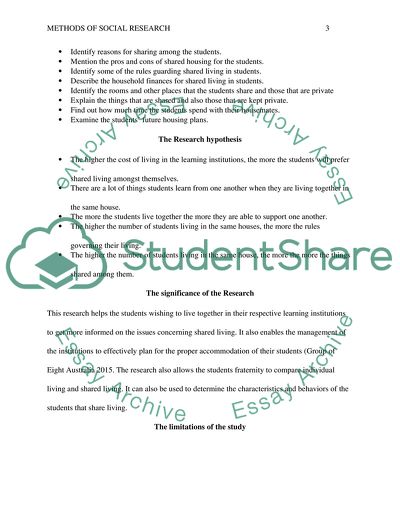Cite this document
(“Method of Social Research (Britain) Essay Example | Topics and Well Written Essays - 1500 words”, n.d.)
Retrieved from https://studentshare.org/sociology/1689805-method-of-social-research-britain
Retrieved from https://studentshare.org/sociology/1689805-method-of-social-research-britain
(Method of Social Research (Britain) Essay Example | Topics and Well Written Essays - 1500 Words)
https://studentshare.org/sociology/1689805-method-of-social-research-britain.
https://studentshare.org/sociology/1689805-method-of-social-research-britain.
“Method of Social Research (Britain) Essay Example | Topics and Well Written Essays - 1500 Words”, n.d. https://studentshare.org/sociology/1689805-method-of-social-research-britain.


